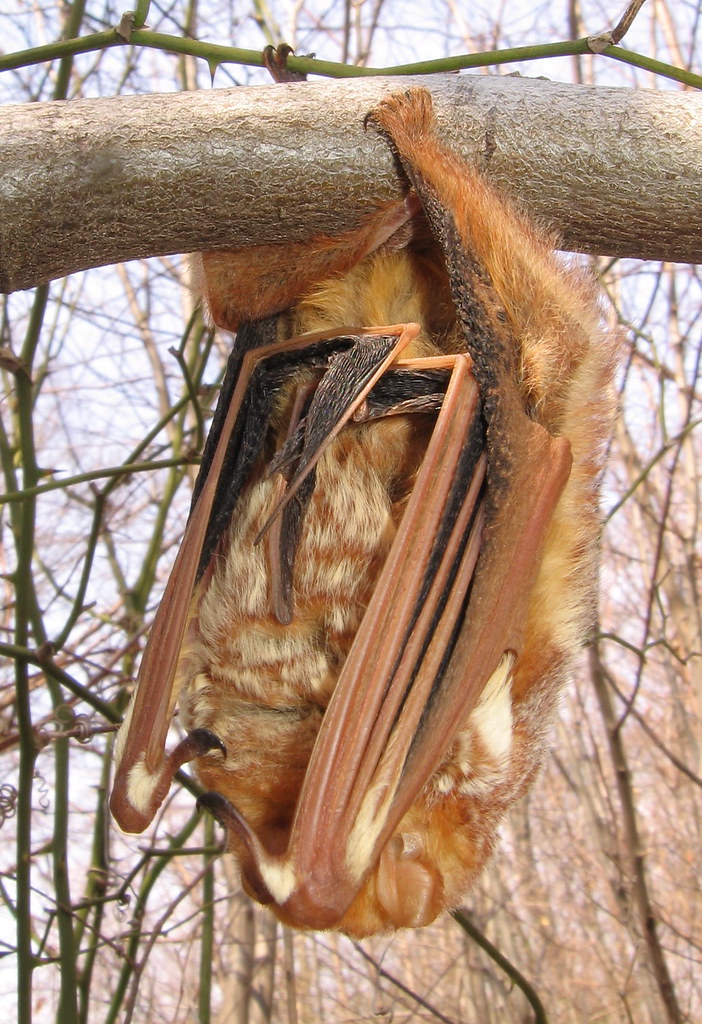We have much more to do and your continued support is needed now more than ever.
Five Things You Should Know About Wildlife Corridors

Beginning in the early 1900s and continuing for much of the 20th century, conservationists focused on protecting core areas for wildlife—biologically diverse habitats designated as wildlife refuges, wilderness areas, parks and other units.
But since the 1970s, scientists have learned that protecting habitat “islands” is insufficient for wildlife survival.
“Isolated populations suffer a variety of threats,” Kevin Crooks, associate professor of wildlife conservation at Colorado State University, says. “For example, isolation prevents animals from traveling to important foraging or breeding sites. It also heightens genetic risks, such as inbreeding and loss of evolutionary potential to adapt to changing environmental conditions.”
Biologists now recognize that protected areas, even seemingly vast places such as Yellowstone National Park, need to be connected to one another if wildlife is to survive much beyond the next century. These connections often are called corridors.
Here are five things you should know about wildlife corridors:
1. Many wildlife species need to move far and wide to survive.
Each summer, elk leave river valleys to graze on nutritious grasses and forbs in high mountain meadows. Some grizzly bears ramble over an area of 800 square miles yearly. Young gray wolves may travel scores of miles in search of new home ranges. During spring 2009, researchers with the Wildlife Conservation Society tracked a young wolverine that traveled more than 500 miles, from Wyoming’s Grand Teton National Park down to north-central Colorado, the first confirmed record of the species in that state since 1919.
2. Long-distance journeys are getting harder for wildlife to undertake.
Roads, fences, rail lines, exurban housing and other developments increasingly chop large parcels of habitat into isolated pieces. This fragmentation lessens what conservation biologists call “connectivity”—the degree to which the landscape allows animals to move from one place to another. Steve Torbit, NWF Rocky Mountain Regional Center executive director: “Every time you put down a road, drill a gas well, erect a transmission line, whatever, it has an impact on connectivity. Wildilfe can’t just move over to the other side of the mountain anymore. It’s all developed. There is no other side of the mountain anymore.”
3. Protected wildlife corridors help wildlife survive.
Also known as greenways, linkages and passageways, these tracts of habitat link two or more larger core areas. Some corridors are naturally occurring, such as woodlands along streams, but others are made by humans, like the 42 culverts recently installed under stretches of U.S. Highway 93 on the Flathead Indian Reservation in western Montana to make the roadway permeable to wildlife. Another example is the fencing in 2001 of a forested tract running through the golf course of Fairmont Jasper Park Lodge in Alberta’s Jasper National Park—the 1,100-foot-wide corridor allows wolves to use a historical route through the golf course and gain access to low-elevation habitat containing elk and other prey.
4. Protecting strips of land between core habitats can help populations remain viable, but they’re no guarantee.
Some narrow greenways make prey species more vulnerable to edge-hunting predators such as coyotes, skunks, red foxes and domestic cats. In other cases, animals refuse to use their appointed corridors. Consequently, conservationists have broadened their scope to encompass entire ecological regions. Jodi Hilty, director of the Wildlife Conservation Society’s North American programs: “Wildlife don’t recognize country, state or international borders, and neither can we if we want to maintain wildlife connectivity.”
5. National Wildlife Federation is working on corridors.
NWF’s Northeastern Regional Center in Montpelier, Vermont, is working with The Nature Conservancy and some 20 other private and public entities to create a vast habitat corridor that will connect six wildlife-rich landscapes in the Northern Appalachians and span a total of 80 million acres across New York, Vermont, New Hampshire, Maine and two Canadian provinces. Wildlife in the area—which harbors alpine vegetation, old-growth forest and large blocks of unfragmented forest—includes such locally at-risk creatures as lynx, moose, black bear, pine marten and fisher. Funded by the U.S. Fish and Wildlife Service, the Staying Connected Initiative seeks to protect habitat from fragmentation and climate change and to restore landscape connections. George Gay, NWF senior manager: “We want to empower local groups and citizens through education and outreach.”
You too can help protect wildlife corridors.
Adapted from the National Wildlife magazine story “Freedom of Movement” by Tom Dickson.
The photos associated with this blog were donated by a competitor in the annual National Wildlife Photo Contest. If you are a nature photographer, you may want to participate this year in the 41st annual National Wildlife Photo Contest. In addition to cash awards, winning photos will appear in National Wildlife magazine and on the NWF website.






















